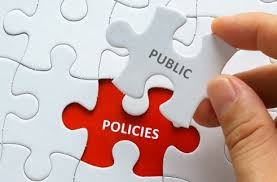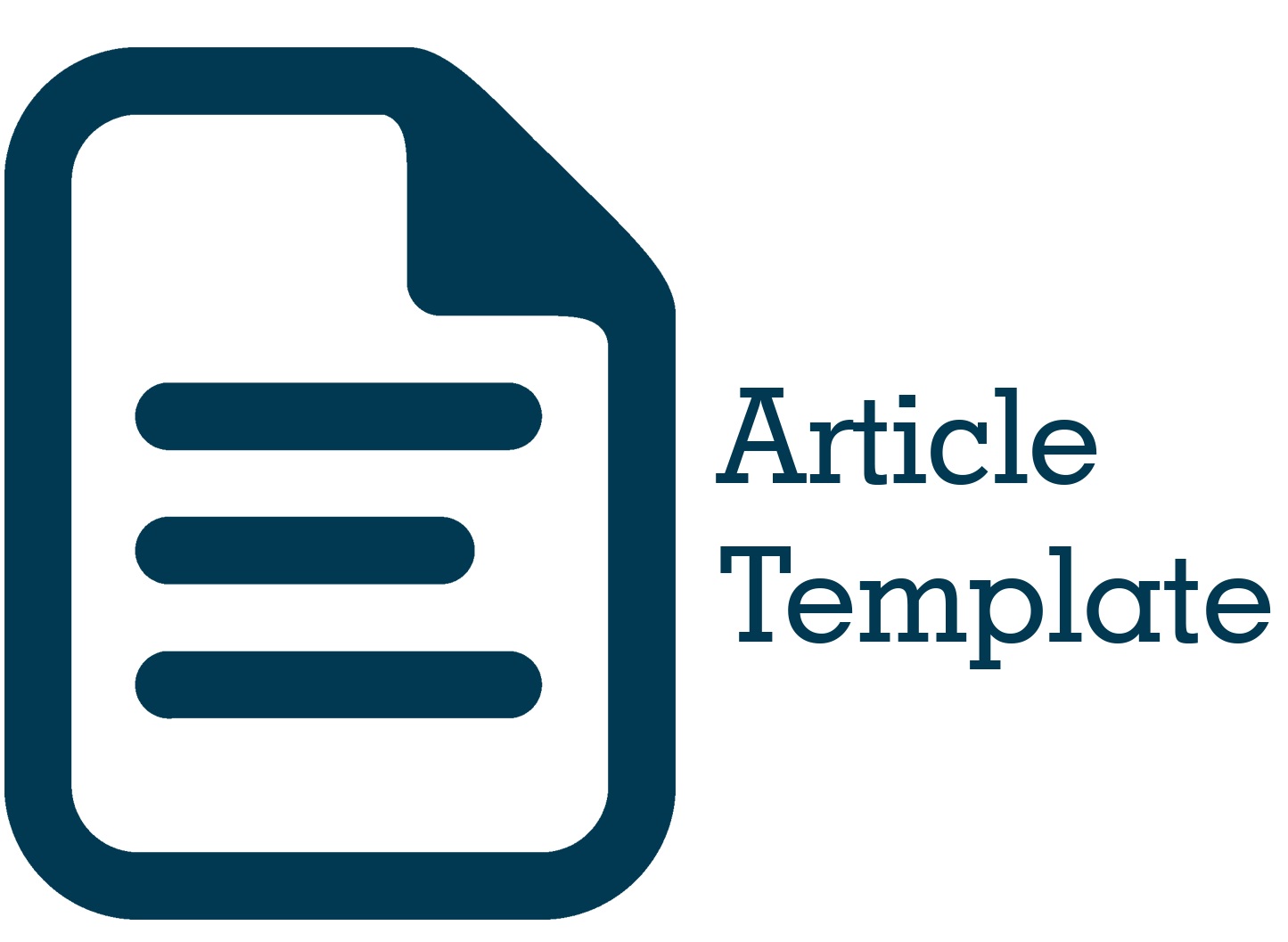Reformasi Birokrasi Pelayanan Publik di Kecamatan Tanimbar Selatan Kabupaten Kepulauan Tanimbar
DOI:
https://doi.org/10.51135/PublicPolicy.v2.i1.p1-20Keywords:
Bureaucracy, Institutions, Islands, ReformAbstract
Bureaucratic reform in public services in the Tanimbar Islands District seems very urgent at this time. The facts show that the Tanimbar Islands Regency is still faced with various obstacles in public services, especially those closely related to public service needs in the fields of education, health and licensing, especially at the District level as the spearhead of the Tanimbar Islands Regency government in providing public services. The research method used is descriptive research with a qualitative approach. The use and approach of qualitative research is deemed appropriate because it is in accordance with the qualitative characteristics of the phenomena being studied, to verify the issue of reform has been and can be carried out in accordance with what is expected or in accordance with the character of the archipelago. The results showed that the institutional reform in Tanimbar Selatan District, Southeast Maluku Regency was not effective because of several problems faced related to the efforts of the sub-district government to carry out bureaucratic reform, namely the decentralization of authority was not effective because the decentralization of authority granted was not fully implemented as expected. . From the aspect of organizational structure, it has implemented the principles stipulated in the Government Regulation of the Republic of Indonesia Number 18 of 2016 concerning Regional Apparatus, but it is hoped that it will prioritize aspects of the interests and needs as well as the availability of Regional Government budgets, the function of authority is often not adjusted to the capacity and competence of the apparatus. it is more dominant based on the likes and dislikes. Supporting facilities are still lacking, especially information and communication technology support, which is still an obstacle to providing effective and efficient services.
Key Word: Bureaucracy, Institutions, Islands, Reform
Downloads

Downloads
Published
How to Cite
Issue
Section
License
Authors whose manuscripts are published in the Journal of Public Policy must agree to the following terms;
- Publication rights for all manuscript materials published are held by the editorial board with the author's consent.
- The legal formalities for digital access to the Journal of Public Policy are subject to the Creative Commons Attribution Sharealike (CC BY SA) license, which means the Journal of Public Policy has the right to store, redistribute, reformat, manage in a database, maintain, and publish the manuscript without seeking permission from the author as long as the author's name is included as the copyright owner.
- Published manuscripts are open access for the purpose of disseminating research results. Besides this purpose, the editorial board is not responsible for copyright law violations.


.png)



